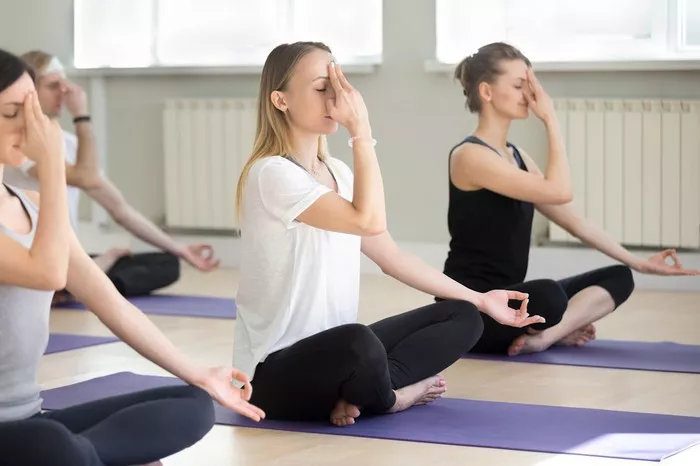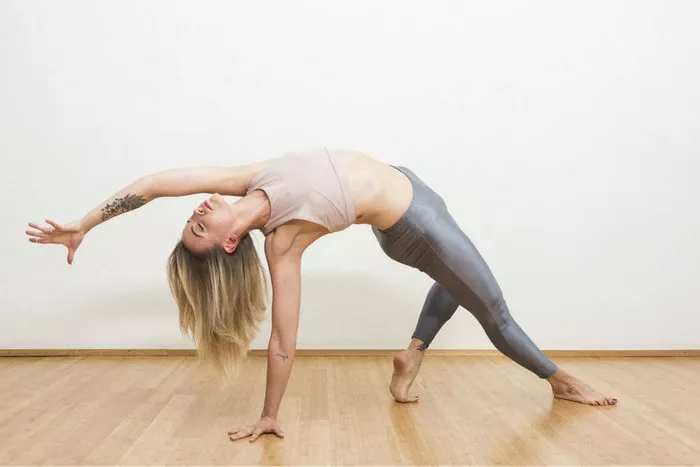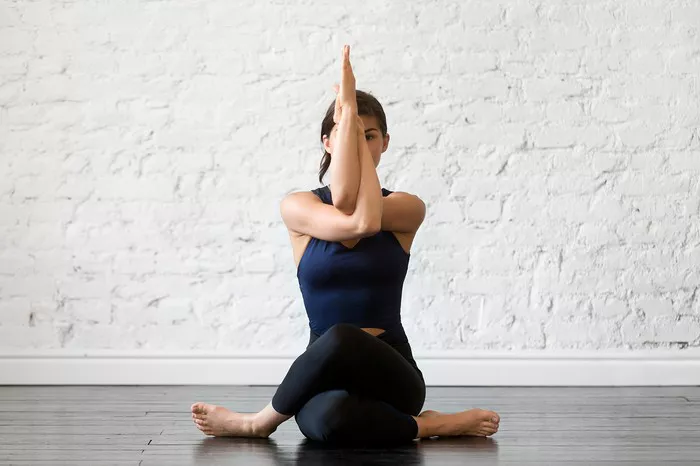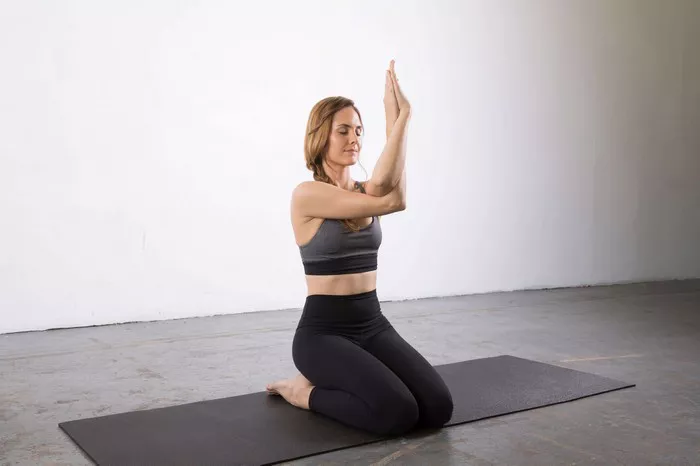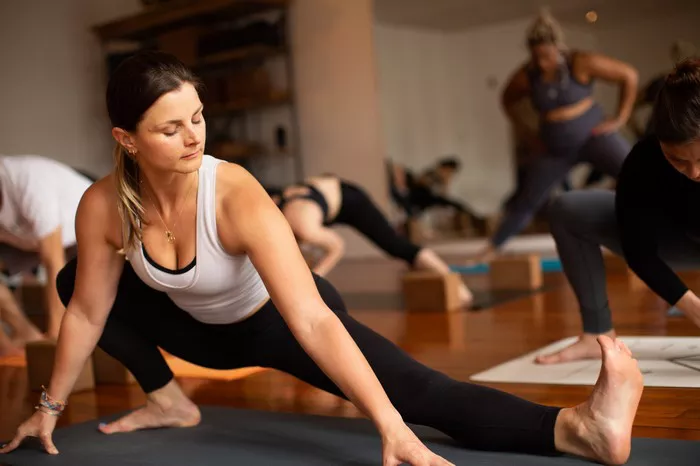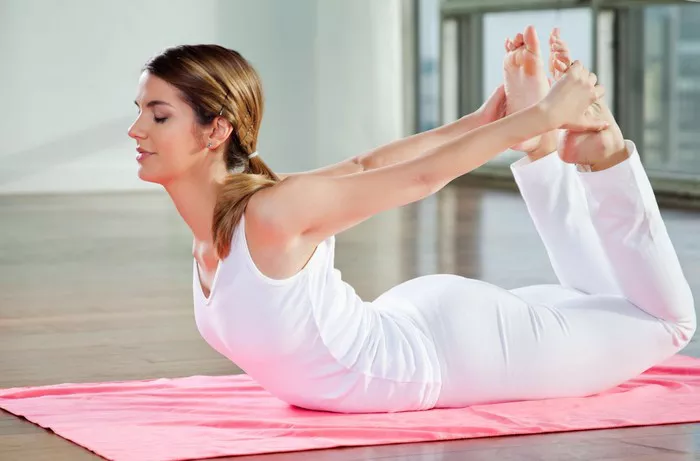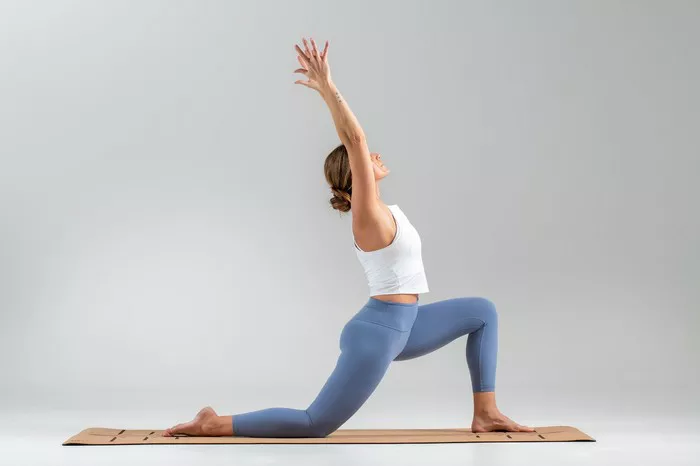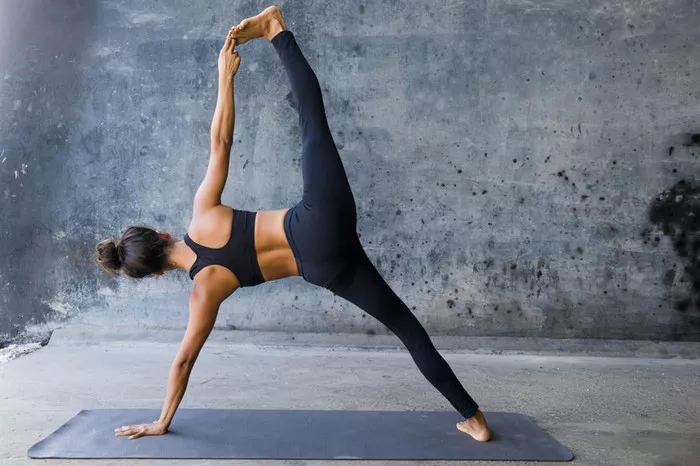Pranayama, an integral part of yoga practice, is derived from two Sanskrit words: “Prana,” meaning life force or vital energy, and “Ayama,” meaning to extend or control. Thus, Pranayama translates to the control of breath, which is considered the vital energy that sustains life. This ancient practice is not just about breathing techniques; it encompasses the regulation of the life force within the body to achieve a harmonious state of mind and body. In this article, we will explore the various steps involved in Pranayama, the benefits of each technique, and how to incorporate these practices into your daily routine.
Benefits of Pranayama
Before delving into the steps of Pranayama, it is essential to understand the multitude of benefits this practice offers:
Improves Respiratory Efficiency: Regular practice enhances lung capacity and strengthens the respiratory muscles.
Reduces Stress and Anxiety: By focusing on the breath, Pranayama helps calm the nervous system and reduce stress levels.
Enhances Concentration and Mental Clarity: Controlled breathing increases oxygen supply to the brain, improving focus and cognitive function.
Balances the Nervous System: Different breathing techniques stimulate the parasympathetic nervous system, promoting relaxation and balance.
Detoxifies the Body: Deep breathing expels more carbon dioxide and other toxins from the body, aiding in detoxification.
Boosts Immunity: Improved oxygenation and stress reduction contribute to a stronger immune system.
Promotes Emotional Stability: Pranayama helps regulate emotions, promoting a sense of inner peace and emotional stability.
Preparatory Steps
Before starting Pranayama, it is crucial to prepare the body and mind for the practice. Here are some preparatory steps:
- Choose a Quiet Space: Find a quiet, well-ventilated space free from distractions.
- Sit Comfortably: Sit in a comfortable position, such as Sukhasana (Easy Pose), Padmasana (Lotus Pose), or Vajrasana (Thunderbolt Pose). Keep the spine erect and shoulders relaxed.
- Close Your Eyes: Closing the eyes helps focus the mind and internalize the practice.
- Relax the Body: Perform a few gentle stretches or asanas to release any physical tension.
- Set an Intention: Set a positive intention or Sankalpa for your practice, which will help you stay focused and motivated.
Pranayama Techniques and Steps
There are several Pranayama techniques, each with its own set of steps and benefits. Here, we will discuss some of the most commonly practiced Pranayama techniques.
1. Nadi Shodhana (Alternate Nostril Breathing)
Nadi Shodhana, also known as Anulom Vilom, is a balancing breath technique that purifies the nadis and harmonizes the mind and body.
Steps:
- Sit comfortably with your spine erect and shoulders relaxed.
- Place your left hand on your left knee, palm facing upward, or in Chin Mudra (thumb and index finger touching).
- Use your right hand to form Vishnu Mudra: fold the index and middle fingers inward, keeping the thumb, ring finger, and little finger extended.
- Close your right nostril with your right thumb.
- Inhale deeply and slowly through your left nostril.
- Close your left nostril with your right ring finger and little finger.
- Release your right nostril and exhale slowly and completely through the right nostril.
- Inhale deeply through the right nostril.
- Close your right nostril with your right thumb.
- Release your left nostril and exhale slowly through the left nostril.
- This completes one cycle. Practice for 5-10 minutes, gradually increasing the duration.
Benefits:
- Balances the left and right hemispheres of the brain.
- Reduces stress and anxiety.
- Enhances respiratory efficiency and lung capacity.
- Promotes mental clarity and focus.
2. Kapalabhati (Skull Shining Breath)
Kapalabhati is an energizing breath technique that involves rapid, forceful exhalations and passive inhalations.
Steps:
- Sit comfortably with your spine erect and shoulders relaxed.
- Take a deep breath in through both nostrils.
- Exhale forcefully through the nose, contracting the abdominal muscles. The inhalation should be passive and automatic.
- Continue with rapid, forceful exhalations and passive inhalations for about 20-30 breaths.
- After completing the round, take a deep breath in and exhale slowly.
- Start with 1-3 rounds, gradually increasing as your practice develops.
Benefits:
- Cleanses the respiratory system and expels toxins.
- Energizes and revitalizes the body.
- Improves digestion and metabolism.
- Enhances concentration and mental clarity.
3. Bhramari (Bee Breath)
Bhramari is a calming breath technique that involves producing a humming sound during exhalation, mimicking the sound of a bee.
Steps:
- Sit comfortably with your spine erect and shoulders relaxed.
- Close your eyes and place your index fingers on the cartilage of your ears.
- Take a deep breath in through the nose.
- As you exhale, gently press the cartilage and produce a humming sound, like the buzzing of a bee.
- Focus on the sound vibrations and the sensation in your body.
- Practice for 5-10 minutes, gradually increasing the duration.
Benefits:
- Calms the mind and reduces stress.
- Helps alleviate insomnia and promotes better sleep.
- Reduces blood pressure.
- Enhances concentration and memory.
4. Ujjayi (Ocean Breath)
Ujjayi is a soothing breath technique that involves constricting the throat slightly to create a soft, whispering sound during inhalation and exhalation.
Steps:
- Sit comfortably with your spine erect and shoulders relaxed.
- Close your eyes and take a deep breath in through the nose.
- As you inhale, constrict the back of your throat slightly to create a soft, whispering sound.
- Exhale slowly through the nose, maintaining the constriction in the throat to continue the soft sound.
- Continue with slow, deep breaths, focusing on the sound and sensation.
- Practice for 5-10 minutes, gradually increasing the duration.
Benefits:
- Calms the mind and reduces stress.
- Improves focus and concentration.
- Enhances respiratory efficiency.
- Balances the nervous system.
5. Sheetali (Cooling Breath)
Sheetali is a cooling breath technique that involves inhaling through the curled tongue and exhaling through the nose.
Steps:
- Sit comfortably with your spine erect and shoulders relaxed.
- Curl the sides of your tongue to form a tube (if you cannot curl your tongue, practice Sheetkari by
- clenching the teeth and inhaling through the teeth).
- Inhale deeply through the curled tongue or teeth.
- Close your mouth and exhale slowly through the nose.
- Practice for 5-10 minutes, gradually increasing the duration.
Benefits:
- Cools the body and reduces heat.
- Calms the mind and reduces stress.
- Improves digestion and reduces acidity.
- Alleviates thirst and dry mouth.
Incorporating Pranayama into Daily Routine
To reap the full benefits of Pranayama, it is essential to incorporate these practices into your daily routine. Here are some tips to help you get started:
See Also: Advantages and Disadvantages of Power Yoga
Set a Regular Practice Time: Choose a time that works best for you, preferably early in the morning or late in the evening when the environment is calm and quiet.
Start Slow: Begin with a few minutes of practice and gradually increase the duration as you become more comfortable with the techniques.
Combine with Asanas and Meditation: Integrate Pranayama with your regular yoga asana practice and meditation for a holistic approach to wellness.
Listen to Your Body: Pay attention to your body’s signals and avoid overexertion. If you feel dizzy or uncomfortable, stop and rest.
Maintain Consistency: Consistency is key to experiencing the long-term benefits of Pranayama. Aim to practice regularly, even if it’s for a short duration.
Seek Guidance: If you are new to Pranayama, consider seeking guidance from a qualified yoga instructor to ensure you are practicing correctly and safely.
Conclusion
Pranayama is a powerful practice that offers a multitude of benefits for the mind, body, and spirit. By incorporating these breathing techniques into your daily routine, you can enhance your overall well-being, reduce stress, and achieve a state of inner harmony. Whether you are a beginner or an experienced practitioner, the steps outlined in this guide will help you embark on a transformative journey through the art of Pranayama. Remember, the key to mastering Pranayama lies in regular practice, patience, and a mindful approach to breathing.
Related topics:

